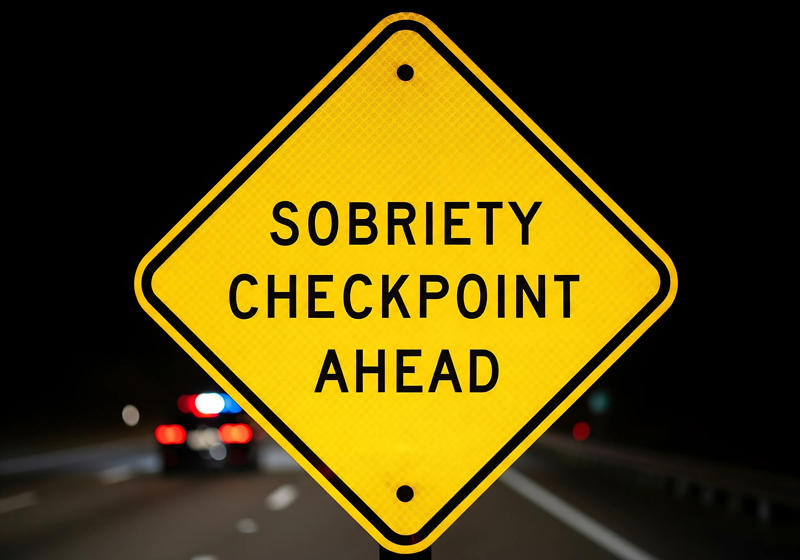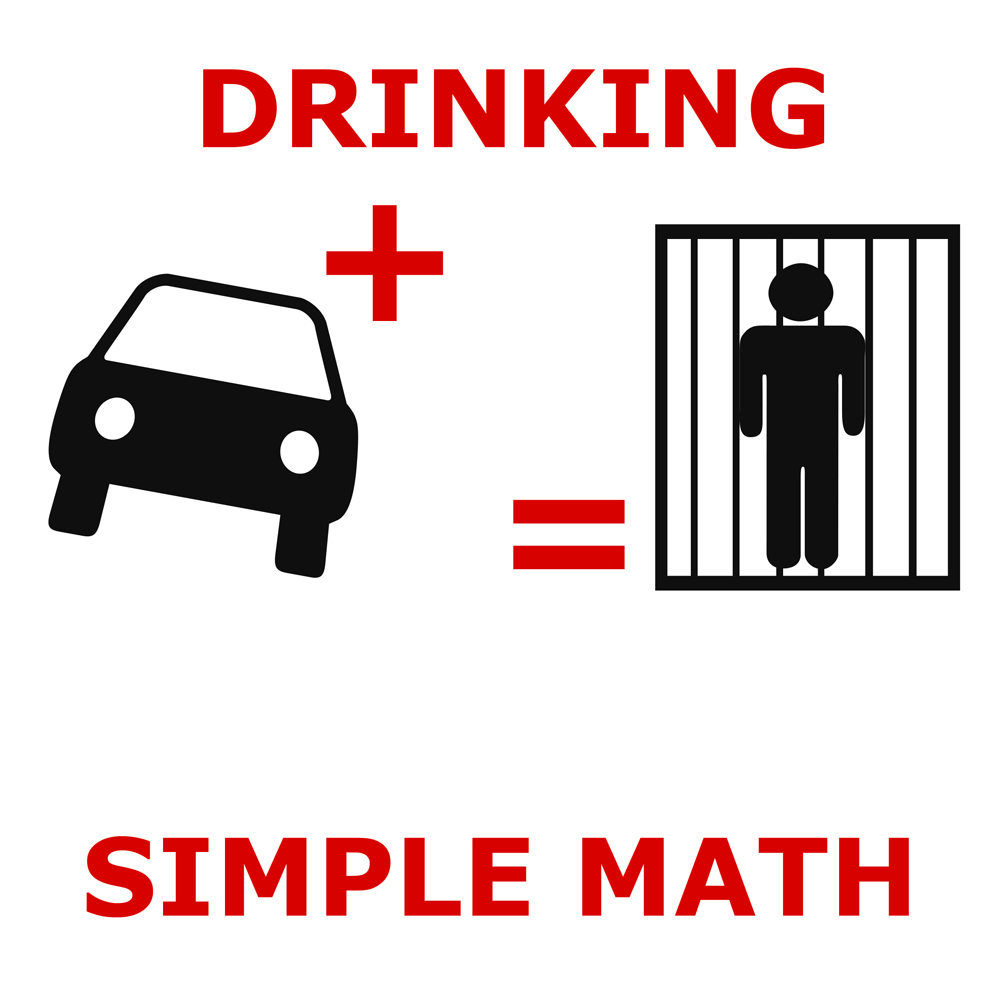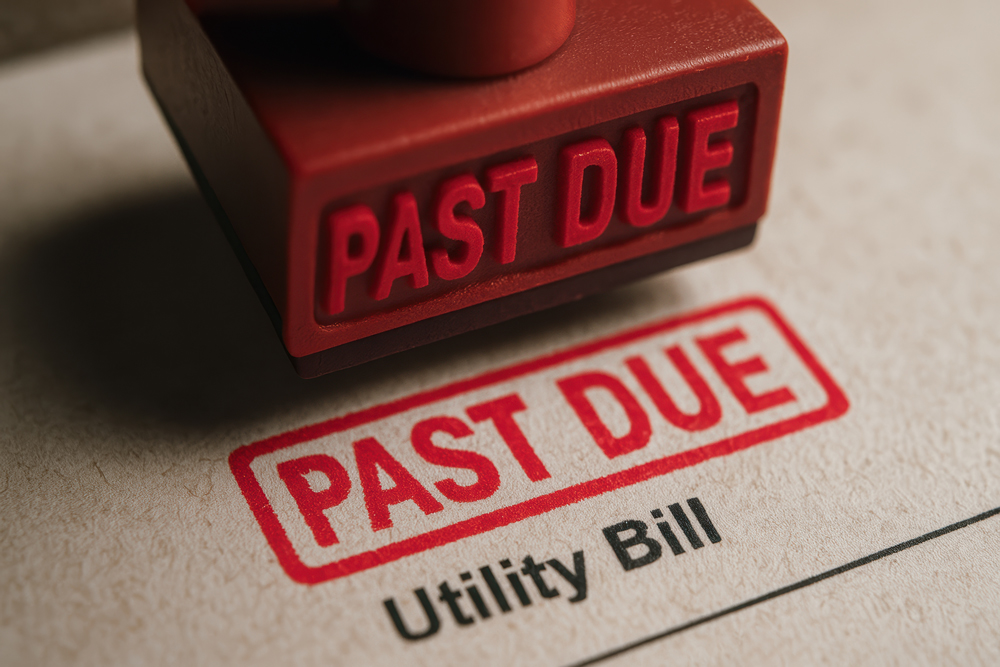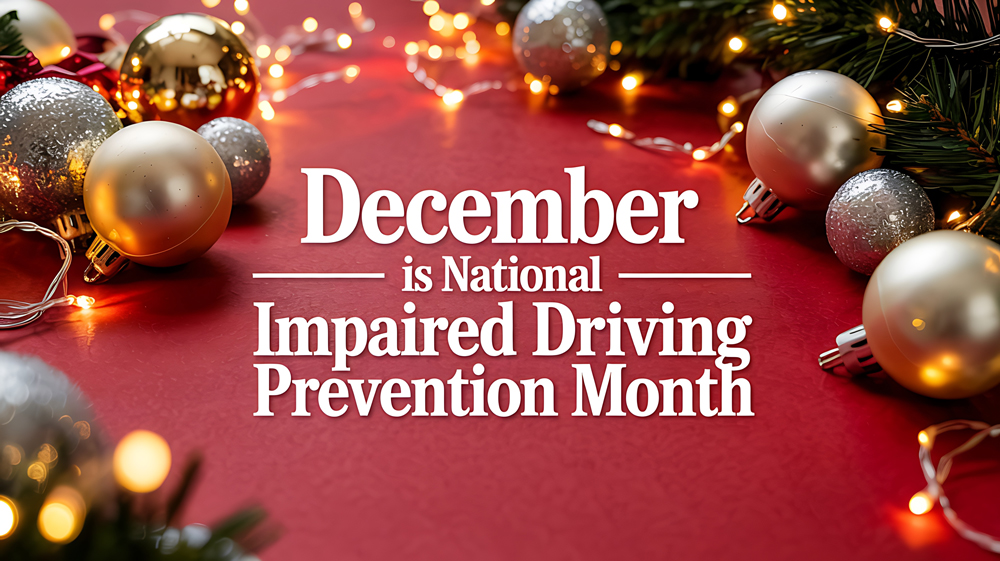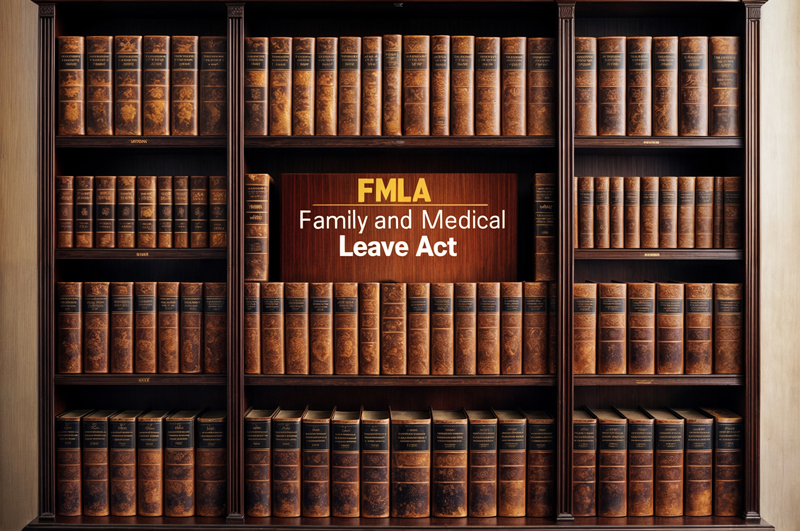Sobriety checkpoints, also known as DUI or OVI checkpoints, are a law enforcement tool used to deter and catch impaired drivers. In Ohio, these checkpoints are legal, provided they adhere to specific constitutional and procedural guidelines.
In Ohio, sobriety checkpoints are permissible under both state and federal law. The U.S. Supreme Court has ruled that checkpoints do not violate the Fourth Amendment’s protection against unreasonable searches and seizures, provided they are conducted in a manner that is reasonable and minimally intrusive. These conditions, as outlined by the Ohio State Highway Patrol in Policy Number OSP-200.21 must address the following criteria:
- Location and Timing: Checkpoints must be located in areas with a high incidence of DUI-related accidents or arrests. They should be conducted at times when impaired driving is prevalent.
- Advance Notice: Law enforcement agencies are generally required to provide advance public notice of the checkpoint, typically through media releases. This transparency is crucial for reducing the element of surprise and ensuring that the public is aware of the checkpoint’s existence.
- Operational Guidelines: Officers at the checkpoint must follow specific procedures, including a predetermined method for stopping vehicles (e.g., stopping every third vehicle) to prevent arbitrary enforcement.
- Safety Measures: Checkpoints must be conducted safely, with appropriate signage and lighting to alert drivers.
When these criteria are met, sobriety checkpoints will withstand Constitutional scrutiny.
What Happens If You Turn Around?
If you encounter a sobriety checkpoint and decide to turn around or take an alternate route to avoid it, the legal implications can vary based on how you execute that maneuver:
- Legal Right to Turn: You have the right to turn around or avoid the checkpoint. However, doing so must be done legally—meaning you should not violate any traffic laws while making the turn. For example, making an illegal U-turn or driving on the shoulder of the road could attract police attention.
- Potential Suspicion: While you are legally allowed to turn away, law enforcement may view your actions with suspicion. If an officer believes you are avoiding the checkpoint because you are impaired, they may follow you. If they observe any erratic driving behavior or traffic violations, they could pull you over for further investigation.
- Consequences of Erratic Driving: If you turn around in a manner that suggests impaired driving—such as weaving, speeding, or breaking traffic laws—this could lead to a traffic stop, where officers may investigate for DUI, even if you were not initially intending to bypass the checkpoint.
Law enforcement agencies believe that sobriety checkpoints are an effective strategy for reducing impaired driving in Ohio. Because of that, motorists should expect their continued practice. While drivers have the right to avoid a checkpoint, it is crucial to do so legally to avoid drawing unnecessary attention from law enforcement. Ultimately, the best approach is to drive responsibly and adhere to all traffic laws, ensuring a safe environment for everyone on the road.
If you find yourself in trouble following a sobriety checkpoint, contact the author at 937-223-1130 or mbly@pselaw.com. At Pickrel, Schaeffer, and Ebeling, we know and will protect your rights, and we have wide-ranging experience defending traffic and OVI matters.

